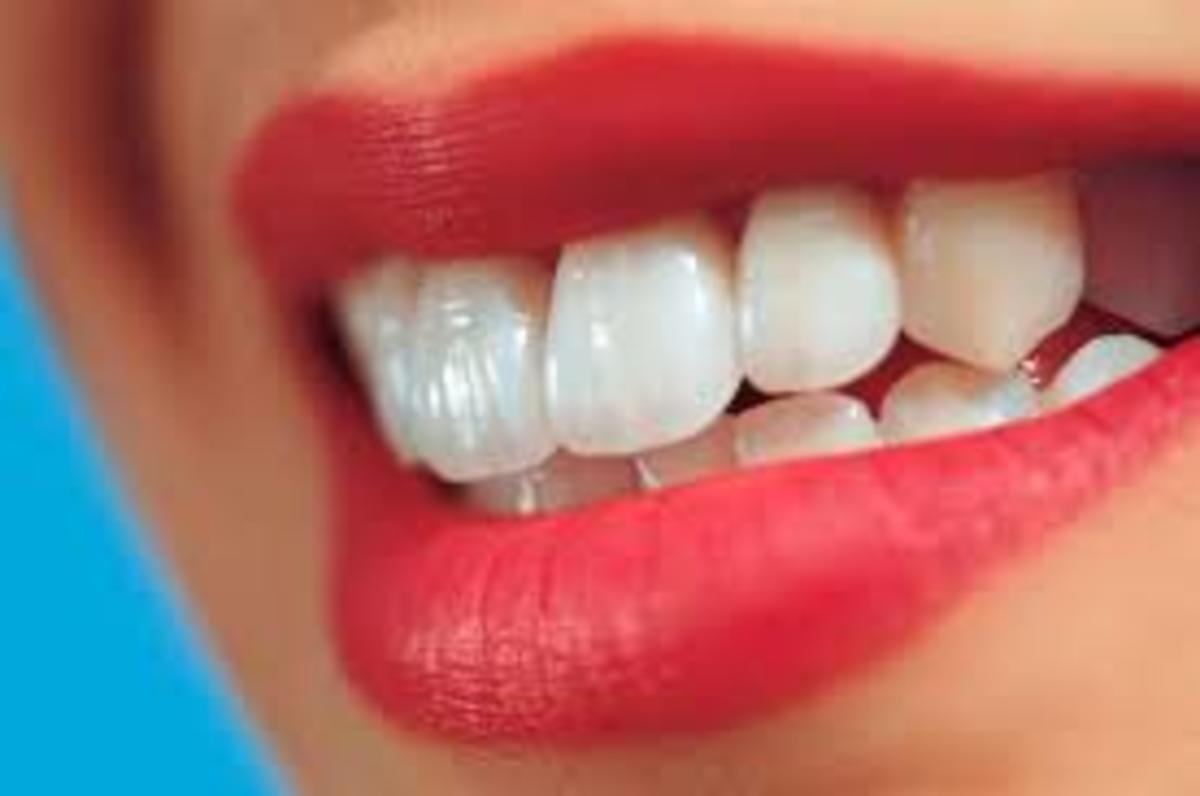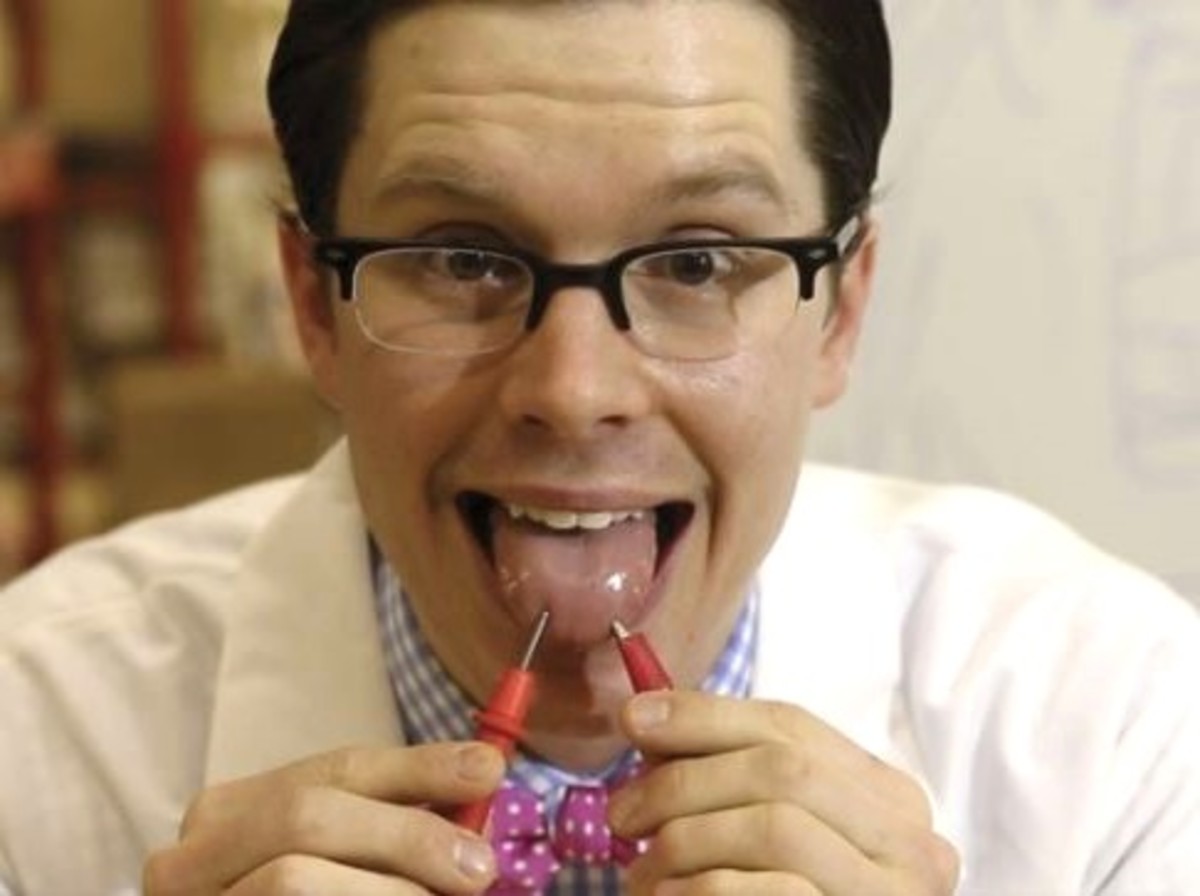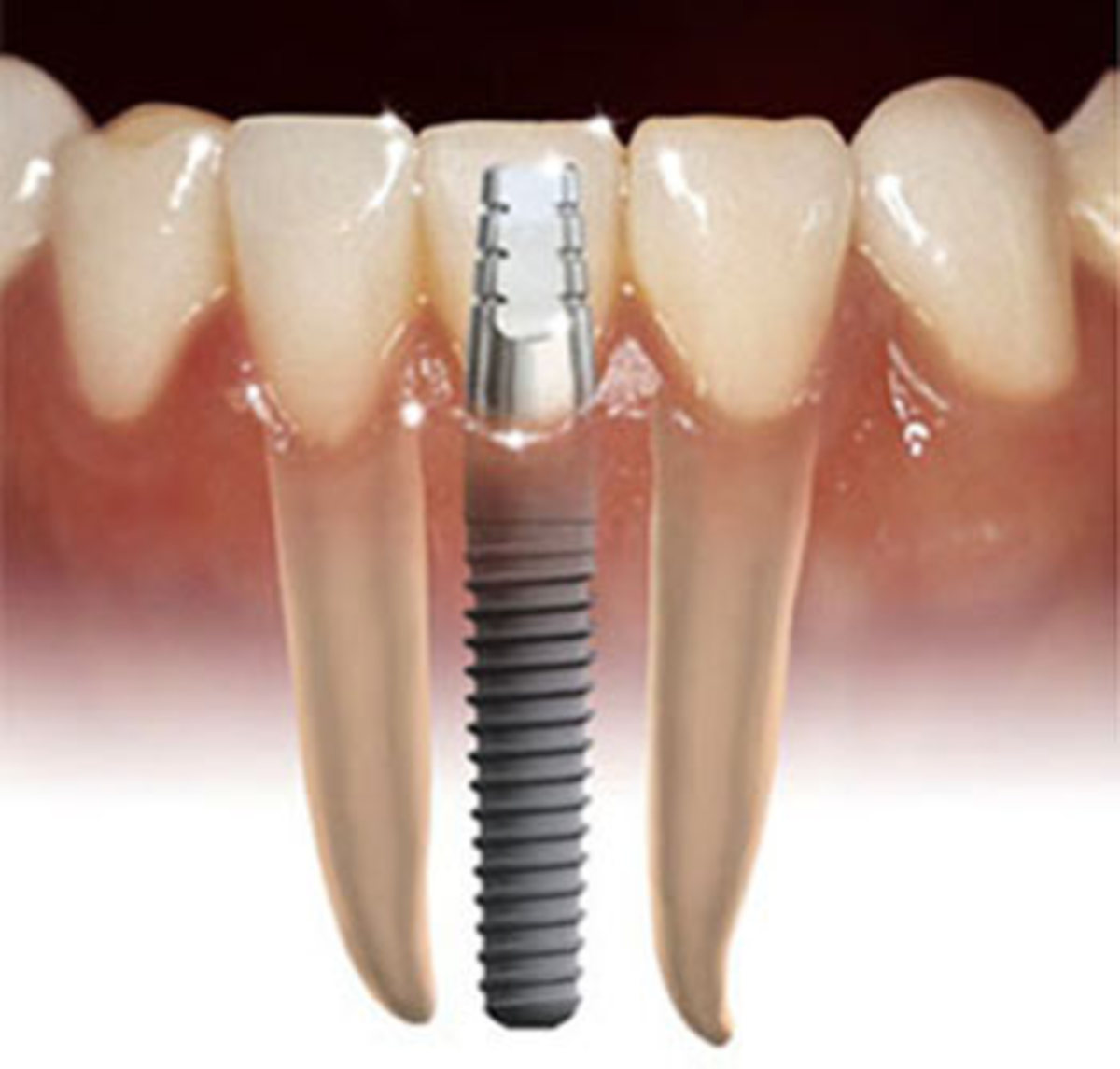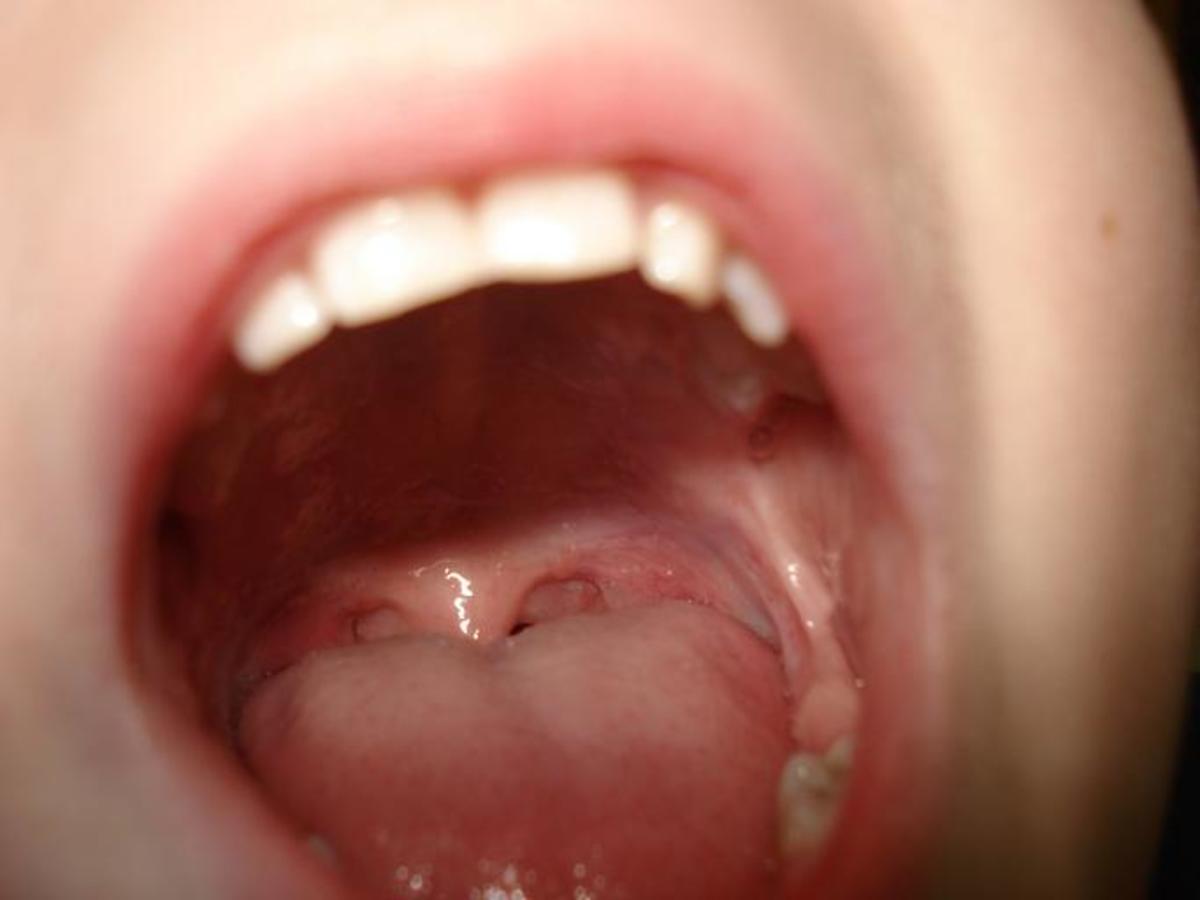Prescribed Help for Bad Breath

Bad breath is bad news for everyone—you and those around you. It may not be contagious but it creates social discomfort and keeps you from any form of intimacy. If you think you have bad breath or halitosis (a technical term for chronic bad breath), you are certainly not alone—6 out of 10 people have the problem at one time or another. While you can mask temporary bad breath with your supply of breath mints stashed in your pockets or bags, halitosis needs more than breath refreshers. The underlying reason needs to be uncovered, so effective treatment can be used to get rid of halitosis for good.
What causes halitosis? A number of reasons present themselves. Food choices can determine the kind of breath—we are all similar with garlic breath or breath that reeks from too much fermented cheese. Food particles stuck in between teeth can turn sour and generate a whiff of the not-so-fresh breath. Dentists can point to a host of more serious problems: poor oral hygiene, dry mouth syndrome, ill-fitting dentures, periodontal disease or mucus in the throat or sinuses. These conditions promote bacteria growth in the mouth. These mouth-inhabiting bacteria produce foul smelling sulfur gases (in particular hydrogen sulfide and methyl mercaptan) that can be off-putting. These unwelcomed mouth guests are hard core and can survive, even when there is no oxygen. They are also smart, hiding in ridges and valleys of your tongue and at the back of your throat, where it is difficult to reach.
So, what can be done for halitosis? Thankfully, there are many prescribed ways to tackle this problem:
Oral Hygiene
Dentists agree that oral hygiene is your first line of defense. With a little diligence, you can practice oral hygiene and give those bacteria a hard time flourishing in your mouth. Brush your teeth (like your mother told you) at least twice a day and floss to get rid of food particles between teeth. You can also use an interdental device like gum picks. Visit your hygienist faithfully, twice a year, so they can remove any tartar (hardened plaque) from your gum line and keep your mouth in tip-top condition.
Tongue Scraper
The tongue is the biggest organ in the mouth and a great hiding place for bacteria. It is often overlooked as the source of halitosis but halitosis experts will tell you that the tongue is one of the main causes of halitosis. Bacteria hide in the ridges and valleys of tongue, on the undersides and way in the back. You can use a gentle toothbrush to slouch away build-up but most dental professionals recommend a tongue cleaner to do the job. Don’t know which tongue cleaner works? Try concave-shaped OralSweet Tongue Cleaner—it has a scarping edge to clean the whole tongue and it can reach in the back of your mouth too.
Dry Mouth
Your mouth can become parched for a number of reasons—dehydration, certain medication, radiation therapy or you have the habit of constantly breathing through your mouth. Some people suffer from a natural lack of saliva production called dry mouth syndrome. Dry mouth increases bacteria production, generating bad breath. If your dry mouth is not a medical condition, you can relieve dry mouth by drinking more water/sugar-free liquids or chewing sugarless gum. If it’s a medical condition, ask your dentist about Pilocarpine (Salagen TM) or Cevimeline (Evoxac TM). They stimulate the production of saliva.
Some mouthwash can dry out your mouth because of the alcohol content. Look for mouthwashes and toothpaste containing stabilized chlorine dioxide as it breaks down sulfur-producing substances in your mouth.
Gum Disease
If you have progressive gum disease, otherwise known as periodontal disease, you may notice persistent foul odor coming from your mouth. Periodontal disease eats away at the base of your teeth, creating pockets in your gum line. Pockets make great hiding places for bacteria. Your dentist will probably suggest scaling and rooting. Scaling will remove plaque and tartar (both causes of periodontal disease) from below the gums, inside the pockets. Root planning will remove any remaining tartar clinging onto the rough surfaces and smooths it out to allow the gum to reattach itself to the root surface. The dentist may prescribe antibiotics right after scaling and rooting procedure to prevent infection.
Copyright 2009. All Rights Reserved.
How to Have Healthy Gums: http://hubpages.com/hub/Healthy-Gums-Is-Possible
Green Tea Can Eliminate Bad Breath: http://anglnwu.wordpress.com/2009/05/28/go-green-with-tea/










